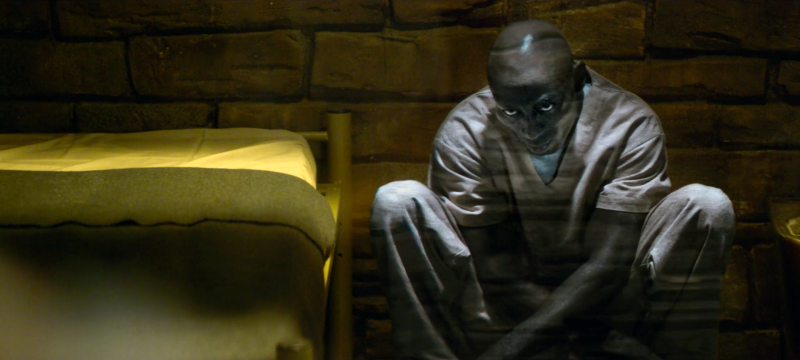On Black Mirror's Ambiguous Protagonists
- Niall Evans
- Mar 11, 2018
- 3 min read
**SPOILERS FOR BLACK MIRROR SEASON 4 AHEAD**

Black Mirror is a show that's notoriously famous for its controversy. I, myself, was only made aware of it after the first episode of the first season predicted a possibility that nobody saw coming, at the very least as a piece of television. The anthology-based sci-fi drama takes you on a flying carpet ride around it's fictional universe, dropping you off in places where people, like us, are becoming more and more dependent on technology.
However, it's also a setting where that same technology can just as easily double cross its owners. As a result, Black Mirror is able to weave stories where the protagonist is often not the humans we see on screen, but the technology behind them.
This understanding of technology's role beyond a plot device came to me when watching 'Black Museum', the finale of the show's fourth and most recent season. The "human protagonist" here is Rolo Haynes, the curator of the eponymous museum where technology showcased throughout the series is exhibited. When a new visitor (Nish) comes to his museum, Haynes tells her the stories of three of his exhibits. The first two make Haynes seem somewhat heroic from the outset: a neurosurgeon providing solutions for people in dire situations. Firstly giving a doctor the technology to simulate the pain of his patients, helping those in need before that technology corrupts him into receiving pain as pleasure - a corruption with some horrific consequences. The second story sees him giving a new consciousness to a woman left unconscious, before that technology leaves her isolated from her husband, her family and ultimately her life as well as having Haynes fired from his job.
By the third story, we're beginning to see Haynes as quite the shady scientist. Not the type you'd want to trust your life with, unlike the protagonists in the previous two stories. Having been fired from his job, no-one is holding him back from treating his clients in the most dastardly manner possible. And this is exactly what happens in the third, and final, story where Haynes shows off the museum's main attraction - the hologram of Clayton Leigh. Leigh was sentenced to death row before Haynes approached him, offering him money to support his family in exchange for the rights to his consciousness. Leigh re-awakens as a hologram sat in an execution chair in the museum where visitors, particularly racists and sadists, torture him to the brink of death.

At this point, we realise Haynes as an antagonist. We realise that the endgame of each story is that no matter how dangerous each piece of technology was, how horrific its origin or how damaging its consequences were, it has a place in the museum - a institution which, in the real world, we connote towards fantasy, wonder and education. So in this instance the 'Black Museum', in very much the same way as a black comedy, thrives on the darkness and shock value of its items to generate a popularity. In the context of the episode, this means Haynes is profiting from the pain and suffering of others caused by his own hands.
However, all is not lost! Nish reveals herself to be Clayton's daughter, seeking vengeance for her father who was in fact innocent, poisoning Haynes as revenge. It's at this point in the episode where technology becomes the saviour. Nish, in a similar way to Haynes' second story, transfers Haynes' consciousness into the hologram of her father. She sets the shock setting to the highest, both setting her Father free and killing Haynes, taking a keyring of his face in constant agony from the shock as a souvenir. Furthermore, upon leaving the museum we see that same technology used again when Nish's mother talks to her from inside her head, the reveal being that Nish transferred her mother's consciousness into her head so she could see Haynes get the death he deserved.
The saying 'what goes around comes around' comes to mind in this type of narrative conclusion. Haynes commercialised the torture of an innocent man, Nish comes home with a commercial item depicting the torture of Haynes. Haynes uses technology to exploit people, Nish uses it to redeem people. This idealistic ending is rare for Black Mirror, a show that goes to all sorts of putrid places to press it's underlying message of putting the phone down and going outside for a few minutes. To take just a few minutes imagine a world unlike its own; but then we're reminded of Black Mirror's most terrifying trait, it's setting is a world very much like ours. And, perhaps, that's what makes it most controversial.

Comments